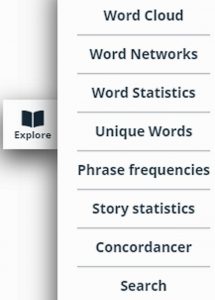Irrigation is an essential component of crop production to
meet retailer demands for premium quality when rainfall is insufficient. Under
drought conditions, irrigation can be constrained by water resources
availability, with consequent impacts on yield, quality and revenue. Whilst
most agriculture in Europe is rainfed, greater dependence on supplemental irrigation
could become more important in humid environments due to a changing climate
with greater rainfall uncertainty and higher frequency of droughts.
This interactive StoryMap explores the total financial benefit of outdoor irrigated production in England and Wales assuming no constraints in resource availability and optimal irrigation practices. The analysis suggests that the total net benefits of irrigation in a dry year are around £665 million. Map outputs highlight significant regional differences in water productivity reflecting the composition of land use and the importance of crop mix in determining economic value. A sensitivity analysis to changes in agroclimate, market conditions (crop prices) and water supply (costs) illustrates how the benefits might change under contrasting scenario. The study highlights the importance of supplemental irrigation, even in a humid climate, and the risks that future droughts and/or constraints in water resource availability might have on agricultural systems, livelihoods and the rural economy.The StoryMap is based on a paper, “Modelling and mapping the economic value of supplemental irrigation in a humid climate“.
View the StoryMap on the UWE website.


